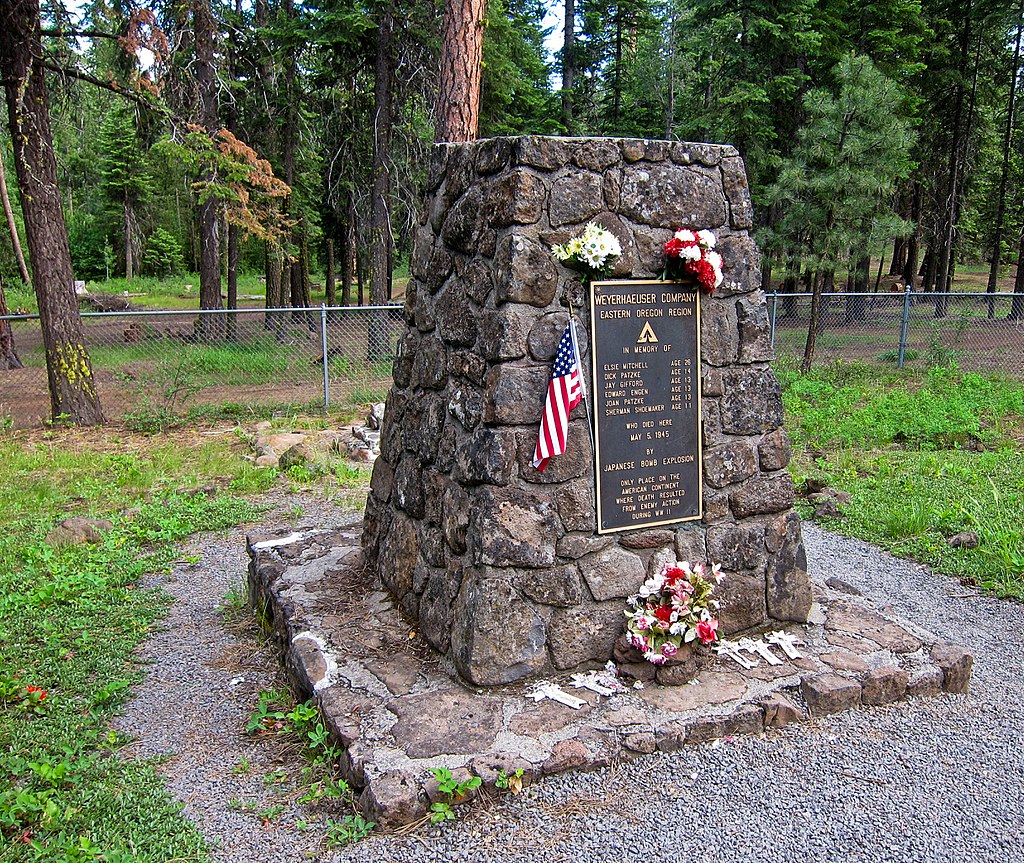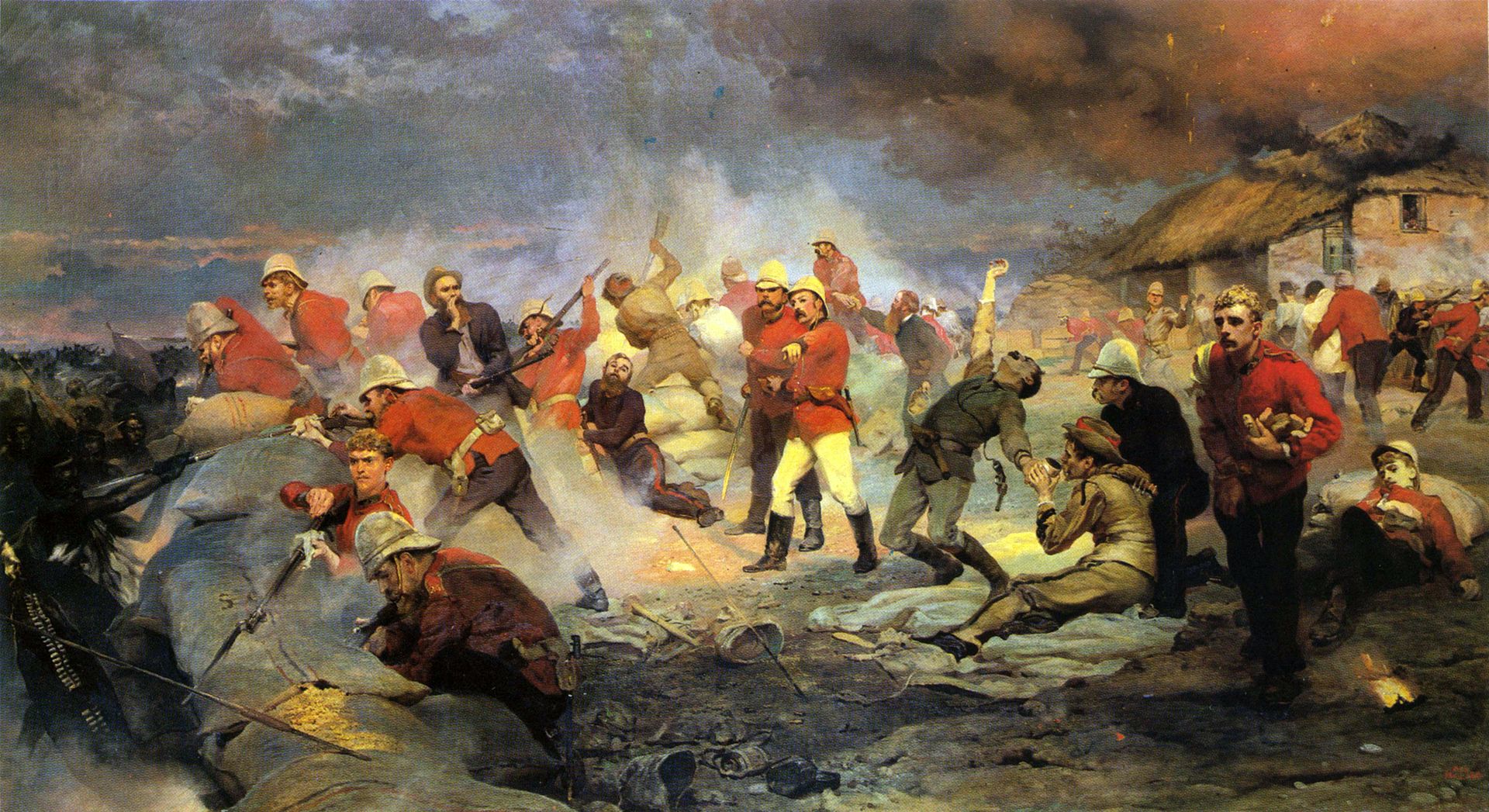- After Pearl Harbor in 1941, Japan attacked the U.S. with balloon bombs.
- The attack was a response to the U.S. ‘Doolittle Raid’ of 1942.
- However, little evidence exists of the Japanese balloon bombs due to censorship.
- The attack is documented, but the general public remains largely unaware of it.
Pearl Harbor in 1941 was not the only Japanese offensive on American soil. Japanese balloon bombs were a closely guarded secret in the latter part of World War Two, and were responsible for one of the few Japanese attacks to reach American soil.
Despite no solid proof from credible sources, numerous claims can be found online.

According to the claims, Japanese balloon bombs conducted targeted attacks. Even though a large percentage remain unaware of it, it is a well-documented part of World War Two history.
The lack of knowledge on the subject is partly by design — The Office of Censorship had instructed journalists not to report the balloon bomb attack so it would not reach the Japanese. Also, reportedly, to avoid panic among civilians.
The lack of news on the attack made the Japanese think it was a failed attempt. As a result, they stopped sending balloons in May 1945.
How Did the Balloon Bombs Begin?
The attacks may have been a pay back to the American ‘Doolittle Raiders’ against Tokyo in 1942. This hypothesis is corroborated by a 1973 report in the Smithsonian Annals of Flight by Robert C. Mikesh entitled “Japan’s World War II Balloon Bomb Attacks on North America.”
UFO or High-Altitude Airship Spotted Over The South China Sea?
For the Doolittle Raid, the U.S. sent a B-25 Mitchell bomber aircraft fleet over Japanese skies. The fleet intended to “cause confusion and impede production” in Japan. As a response, the Japanese spent the next two years creating balloon bombs holding incendiary and anti-personnel bombs.
Following this, on November 3, 1944, the first of more than 9000 bomb-bearing balloons were released to sweep the U.S. continent’s sky. Reportedly, only 300 landed on U.S. soil.
The Effects of the Balloon Bombs
The report by Mikesh explained that the discovery of the balloon bombs came more as a ‘mystery’ than an immediate concern:
“Military channels reported the incident. However, it caused little concern until a second fragment was salvaged from the ocean two weeks later.”
From 1944 to May 1945, farmers, ranchers, loggers, and others from different parts of the U.S. reported giant balloons hovering above. These balloons were one of the few attacks that managed to kill U.S. civilians on U.S. soil.

In May 1945, after the Japanese had stopped the operation, a group of people became victims of a balloon bomb attack. The Smithsonian detailed the deaths of a woman and five children in Oregon:
“On the morning of May 5, 1945.. against a scenic backdrop far removed from the war raging across the Pacific, Mitchell and five other children would become the first—and only—civilians to die by enemy weapons on the United States mainland during World War Two.”
The Censorship
Even though journalists were specially asked not to report the incident, the War Department made some statements. These statements described the balloon bombs so that people finding debris knew not to touch them.
Mikesh told The Washington Post that while the bombs were technically successful, they had minimal impact. The reason was that the Japanese could not control the balloons. Moreover, they were also launched in winter, which minimises the risk of wildfire. The damage would have increased if the Japanese had launched the balloons in the dry season.

“They didn’t have that luxury,” Mikesh said. “They needed to launch them when they could.”
It is important to note that Japanese children primarily built the balloons. They assembled them from laminated layers of tissue paper taken from mulberry tree fibres.
The Greatest Surprise Attacks and Victories in Military History
Mikesh alludes to the balloons’ legacy: “It was, however, a significant development in military concept, and it preceded today’s intercontinental ballistic missiles launched from land or submarines.”
An Attack on Venus?
The U.S. military shot down two balloons over North America. However, the U.S. Naval Institute acknowledged one attempt as an error. They mistook a planet for a balloon. Posting on Facebook years later, they explained:
“When the USS New York (BB-34) sailed towards Iwo Jima in 1945, the crew spotted a silver sphere flying high overhead that seemed to follow the battleship for hours. Concerned that the shiny orb might be a Japanese balloon weapon, the captain ordered it shot down. However, after the guns failed to score a hit, a navigator realised they were attacking Venus.”
A WW2 Idea That Stuck: The Invention of Duct Tape
The interest in the balloons has particularly spiked after the appearance of Chinese spy balloons over U.S. soil in 2023. So it is fitting to remember that this is not the first time enemies across oceans sent giant balloons to North American shores.






